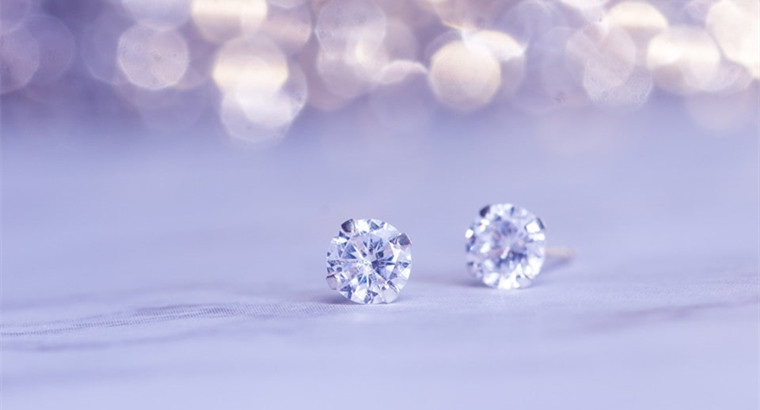Diamonds have always been seen as a sign of status and class. But in the past few years, there has also been a growing debate on the ethics of diamond mining. This has led to the popularity of lab-produced diamonds as an answer to this debate.
But, are there major differences between lab-grown diamonds vs. real diamonds? Learn all about the differences between the two to help you make an informed decision.
What Is A Lab-Created Diamond?
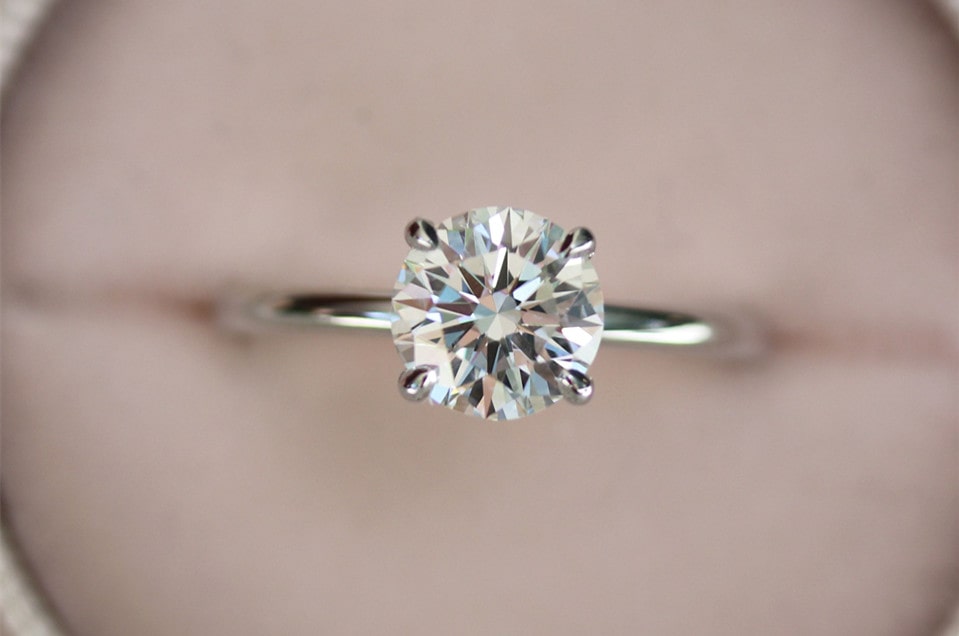
Image source: Pinterest
Lab-grown diamonds, as one can guess from the name, are grown in an advanced laboratory from a diamond seed. The process used is the same high pressure and heat conditions used to create natural diamonds.
Lab-created diamonds are also referred to as manufactured diamonds, synthetic diamonds, or engineered diamonds. Surprisingly, the production of lab-created diamonds only takes weeks. As lab-created diamonds are human-engineered, their production is abundant and continuous as long as the special equipment continues working.
And should there be imperfections and defects encountered during the process, these can be corrected and modified along the way to achieve that perfect diamond.
The human eye cannot distinguish lab-grown diamonds from mined diamonds because diamonds are composed of carbon atoms formed as crystals, and both have the same physical appearance and chemical content.
Are Lab-Created Diamonds As Good As Real Diamonds?
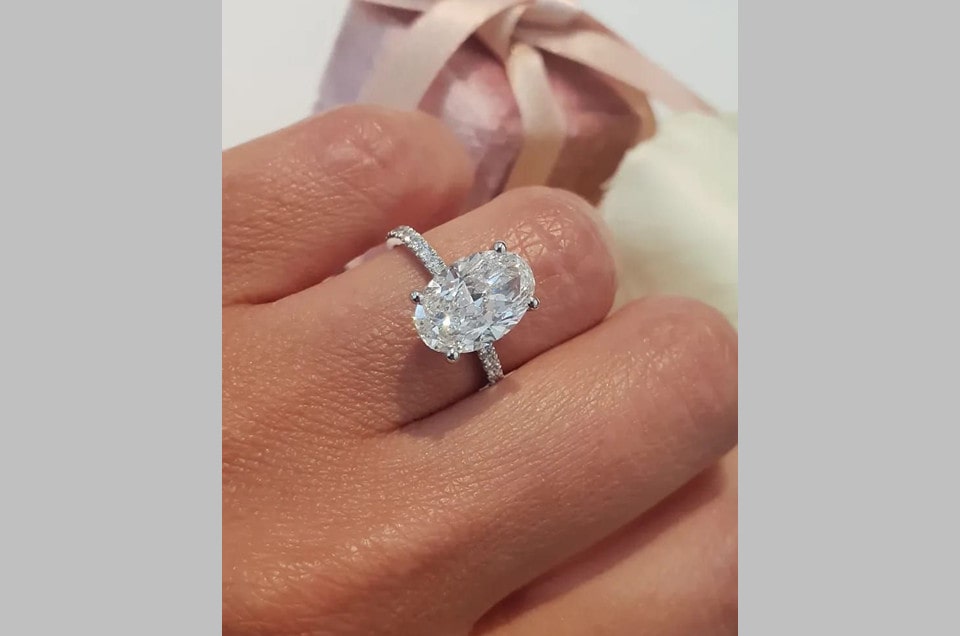
Image source: Pinterest
Yes, lab-created diamonds are as good as real diamonds. Both types of diamonds are certified.
Whether you buy a real diamond or a lab-grown one, you will get a diamond certificate with it. The International Gemological Institute (IGI) certifies most lab-grown diamonds.
IGI issues a diamond report that provides a precise evaluation of the clarity, color, cut, and carat weight of a diamond based on strict international standards.
The Gemological Institute of America or GIA also accepts and ratifies lab-grown diamonds and has also developed high-technical equipment to differentiate between the diamonds.
Do Lab-Grown Diamonds Hold Their Value?
Lab-grown diamonds do not hold or retain their value. With time, their value decreases as there are no constraints on the supply. In fact, more laboratories are expected to be established solely to create diamonds in the future.
As the supply of lab-grown diamonds is more than their demand, the value will continuously depreciate.
Lab-Grown Diamonds Vs. Real Diamonds: 10 Differences
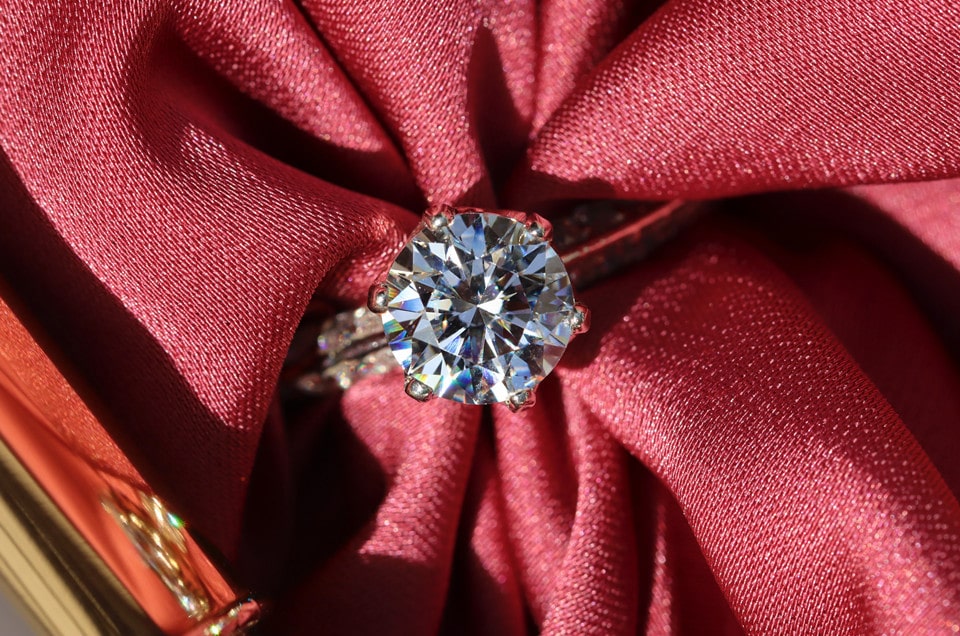
#1. The Way the Diamonds Are Created
Natural diamonds have existed since the Earth was created. These diamonds are formed by extreme heat and pressure deep under the Earth over millions of years, without human intervention. Not until it is mined, polished, and cut by man. It is thus a product of the Earth.
On the other hand, lab-grown diamonds are processed in a laboratory where the natural process of a mined diamond developing under the ground is replicated. It is thus a product of man.
Synthetic diamonds can be created in just a few weeks, while it takes millions of years for a natural diamond to develop under the Earth.
#2. Retail Value
Natural diamonds are rare, and thus extremely expensive. Their value also appreciates with time. It is considered a precious gem because it is created uniquely under natural conditions. Natural diamonds undergo a tedious process of mining, gemstone polishing, and advertising.
They are thus considered an investment because of the increasing value and are often regarded as a family heirloom to be inherited.
On the other hand, lab-created diamonds are about 50% lesser in value because the production is faster and cheaper without compromising the quality.
#3. Durability
Lab-grown and natural diamonds score the same 10 Mohs scales on solidity or hardness; it’s difficult to break off a piece from a whole.
However, a manufactured diamond has fewer defects because it undergoes a thoroughly monitored process and is developed in a highly managed environment, which makes it even more durable than a natural diamond.
#4. Stone Hue
It is almost impossible to see a color difference between a natural diamond and a lab-made diamond, especially with your naked eyes.
Traced elements may be detected in natural diamonds that are not found in the lab-made diamonds and vice versa, but the appearance won’t change. But more colors can be grown in lab-created diamonds that are seldom found in natural diamonds.
However, colorless diamonds are regarded to be of the highest quality, while diamonds with a slight yellow tint are of lower quality. The color of a diamond is assessed using the Gemological Institute of America (GIA) color scale.
#5. Clarity Grade
The physical appearance of a diamond, including any cracks or defects, is called its clarity.
Lab-created diamonds and natural diamonds have the same clarity and color. The clearer the diamond, the higher its grade and the more expensive it becomes. In lab-grown diamonds, there’s better control over the clarity grade than one produced naturally.
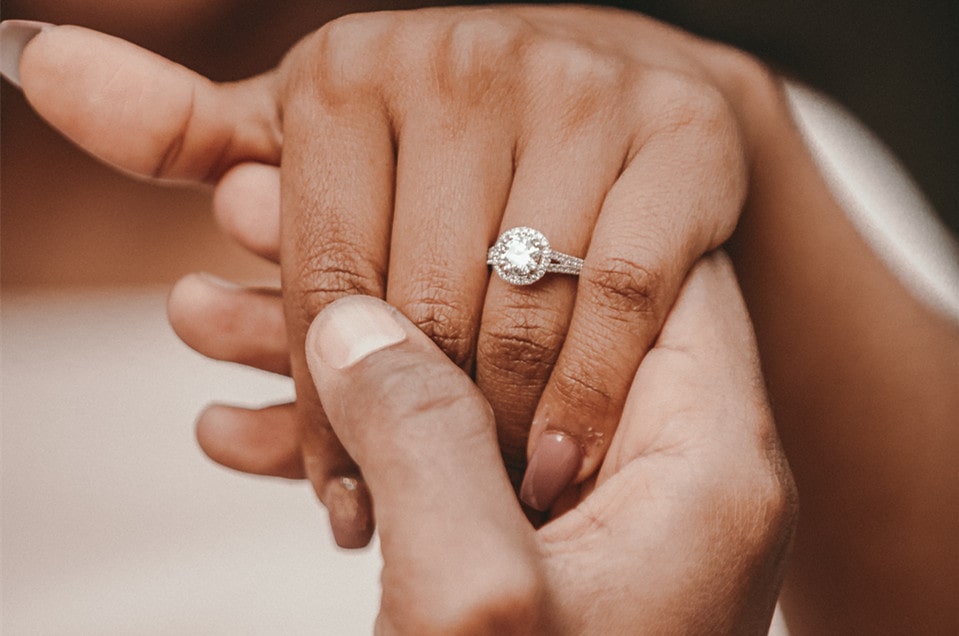
#6. Diamond-Cut
The cut of a diamond refers to its brilliance and is a significant factor in its value.
There are different diamond cuts like round, cushion square, princess, square emerald, heart, pear, radiant, emerald, oval, and marquise in both lab-created and natural diamonds.
There is no significant difference in the cuts used for either of the diamonds.
Under a specific microscope, structurally, lab-grown diamonds are cuboctahedral in shape if created under a high-pressure, high-temperature method and cube-shaped if the technique used is a chemical vapor deposition.
The shape of the natural diamond, on the other hand, is octahedral under this unique device.
With bare eyes, however, these shapes cannot be noticed.
#7. Pawnshop Value
The pawnshop value of a natural diamond is much higher than that of a lab-grown diamond.
With proper assessment, skills, and a sharp eye, the pawn shop’s jewelers or gemologists can differentiate between a natural diamond and a lab-grown diamond, which will have a 50% reduced value.
#8. Monetary Value
Lab-grown diamonds sell for 30% to 60% lower than natural diamonds.
With more laboratories producing diamonds, there is an unlimited supply of lab-grown diamonds. But, natural diamonds are rare due to their natural production process.
The value of a lab-grown diamond depreciates as time passes, whereas a natural diamond holds and even appreciates its value.
#9. Diamond Composition
Natural diamonds contain a minimal amount of nitrogen that is not present in lab-grown diamonds, but carbon can be found in lab-grown diamonds.
#10. Methodologies of Production
There is only one way for natural diamonds to be made — wait for an extremely long time for the Earth to produce one.
On the other hand, lab-grown diamonds can follow two processes — Chemical Vapor Deposition (CVD) or High-Pressure, High-Temperature Diamonds.
Can A Layman Tell The Difference Between Diamonds Lab-Grown Diamonds Vs. Real Diamonds?
No. Even if you have 20/20 vision, you won’t be able to tell the difference between a real diamond and one produced in a lab.
Both share the same visual characteristics, texture, and shape.
Tools To Differentiate Between Lab-Grown Diamonds Vs. Real Diamond
Even expert jewelers with years of experience and knowledge about diamonds cannot differentiate a lab-grown one from a natural diamond with their naked eye.
They use a special microscope to scrutinize the color zoning, cloud inclusions, featherings, and pinpoint inclusions. They often use an infrared spectrometer to identify impurities from the diamonds’ inclusions.


